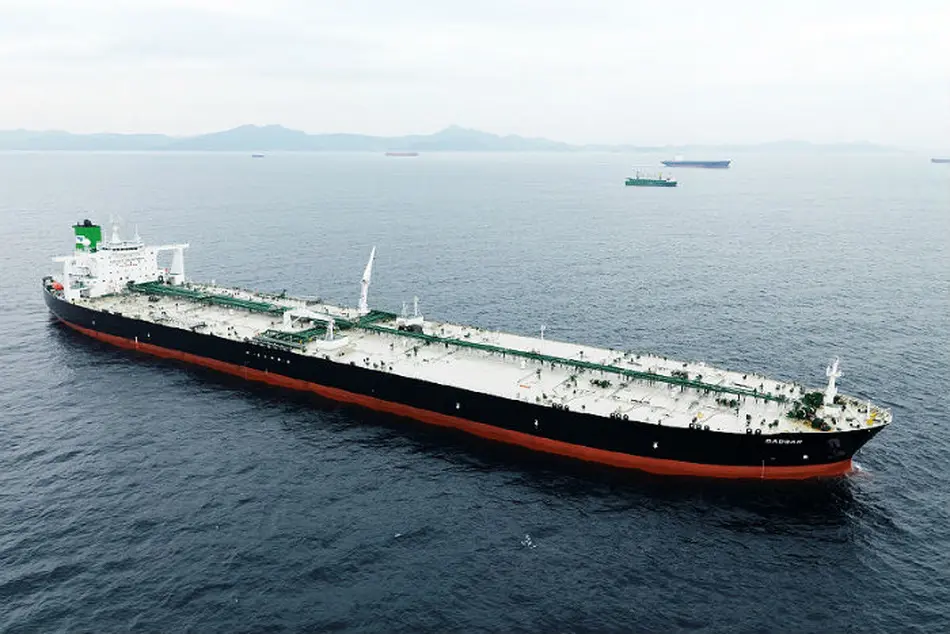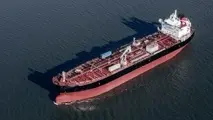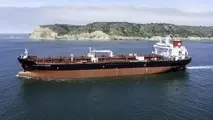Tanker Rates: WS100 will rise substantially in 2018 As High Sulphur Bunker Prices Increase

The World Scale system, which serves as a benchmark for the tanker freight market is bound for another annual shake up. In its latest weekly report, shipbroker Gibson said that “over the past couple of years the tanker industry has witnessed major fluctuations in Worldscale flat rates. On long haul voyages, flat rates declined by around 20% at the start of 2017, following an even bigger drop in 2016. As bunkers form a significant component of all voyage costs, the changes in flat rates are underpinned by the volatility in oil and bunker prices”.
According to the London-based shipbroker, “the initial surge in US shale production, coupled with the decision taken by OPEC to defend its market share by abandoning production quotas, saw high sulphur bunker prices collapse by over $250/tonne in the 2nd half of 2014. A relative period of stability was seen in the 1st half of 2015; with bunker values fluctuating around $350/tonne. However, another drop was witnessed thereafter, with international prices falling as low as $170/tonne in January 2016. Such a dramatic collapse triggered a decline in US crude production and translated into a large scale reduction in the capital expenditure of international oil companies for the development of new fields. Over the course of 2016, oil and bunker prices moved gradually to higher levels. Furthermore, in late 2016 the agreement announced between OPEC and a number of non-OPEC producers to cut output by around 1.8 million b/d offered additional support to prices, which firmed to around $345/tonne in January this year, the highest level in two years. Yet, some of these gains were lost as the year progressed amid persistently high stocks, the rebound in the US shale sector and recovering Nigerian and Libyan production. Since March 2017, bunker prices have been generally fluctuating within a narrow range of around $315/tonne”.
Gibson added that “now the question is how these latest developments will affect WS flat rates in 2018? To understand the impact, it is important to bear in mind that the bunker element that goes into the flat rate formula is based on average prices between October and September the following year; therefore, we already have almost all the data that will go into the 2018 calculations. Since October 2016 international high sulphur bunker prices have averaged over 40% higher than average prices between October 2015 and September 2016. This suggests that WS100 will rise substantially in 2018 to compensate for these higher costs. On long haul routes, where bunkers are by far the most significant component of all voyage expenses, flat rates are anticipated to increase between 19% to 21%, depending on the distance”.
The shipbroker noted that “the picture is somewhat different for short haul voyages. The shorter the distance, the less important the volatility in oil and bunker prices is; equally, this also means increased significance of changes in exchange rates and port costs. In general, nominal rates on short haul routes are expected to increase by around 10% – 15%, with changes in Worldscale flat rates on very short trades being even smaller”, Gibson concluded.
Meanwhile, in the crude tanker market this week, Gibson said that “baby steps perhaps, but reasonable VLCC volumes were sustained through the week and that encouraged Owners to try a little harder to raise the market off its recent death-bed. Eventually they enjoyed some success and rates to the East inflated slightly to ws 45, but with rare runs to the West still holding in the low ws 20’s. Their hope will be for continued steady attention and further opportunity to then develop. Suezmaxes held their ground, but it’s still a low level scene with rates to East at no more than ws 70 with movements to the West again in the high ws 20’s and little material change forecast over the near term. Aframaxes ratcheted up the expected improvement towards 80,000mt by ws 115 to Singapore upon steady local enquiry, but more effectively by a relatively rampant short haul market in the inter Far East….to be continued”, the shipbroker concluded.



